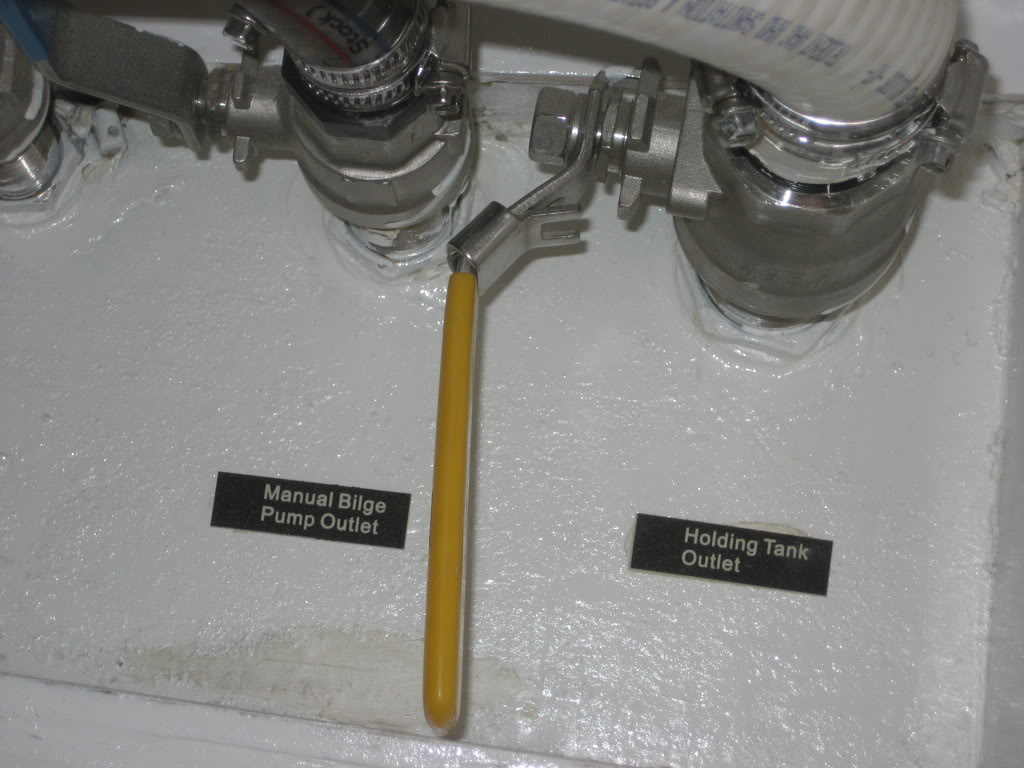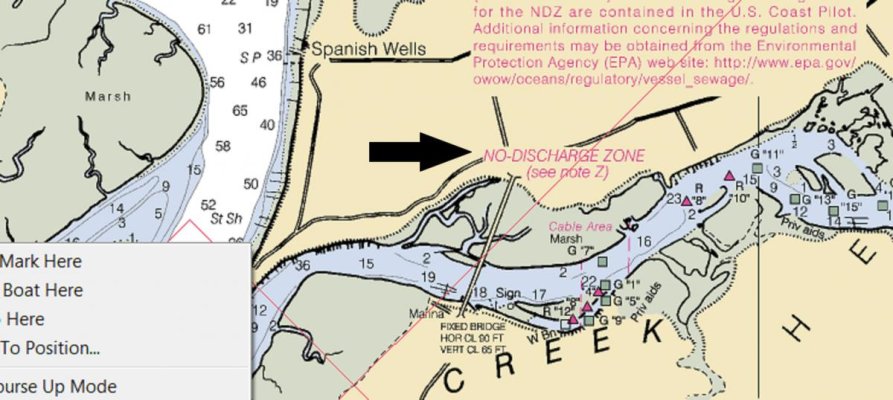NYCHAB III
Veteran Member
Hello All, It's Monday, we've all had, hopefully, a very good and relaxing weekend. Time for my next question of the week.
When we do eventually settle on a trawler of our very own, my understanding is, it will very likely be equipped with a waste diversion or Y-valve. This valve seems to cause a lot of heartburn for the USCG and other Law Enforcement folks. Whether it is padlocked, cable-tied or solenoid / keyed, it seems to be a source of official consternation.
My understanding is that this valve is used to discharge waste overboard in an area that will allow this. I also understand that these allowable areas are located a certain min. distance offshore as "no-discharge" zones are cropping up everywhere (and expanding).
I further understand that "no-discharge" means exactly that and even the so-called marine waste treatment systems (that are supposedly approved by the USCG) are not allowed to discharge the treated "stuff".
My question therefore is: should I simply remove this valve, seal the thru-hull and be done with it? Will this affect the value of the boat later? I assume I should then install a big, honking holding tank as we intend to anchor out a lot.
Thank you all in advance.
D.
When we do eventually settle on a trawler of our very own, my understanding is, it will very likely be equipped with a waste diversion or Y-valve. This valve seems to cause a lot of heartburn for the USCG and other Law Enforcement folks. Whether it is padlocked, cable-tied or solenoid / keyed, it seems to be a source of official consternation.
My understanding is that this valve is used to discharge waste overboard in an area that will allow this. I also understand that these allowable areas are located a certain min. distance offshore as "no-discharge" zones are cropping up everywhere (and expanding).
I further understand that "no-discharge" means exactly that and even the so-called marine waste treatment systems (that are supposedly approved by the USCG) are not allowed to discharge the treated "stuff".
My question therefore is: should I simply remove this valve, seal the thru-hull and be done with it? Will this affect the value of the boat later? I assume I should then install a big, honking holding tank as we intend to anchor out a lot.
Thank you all in advance.
D.




